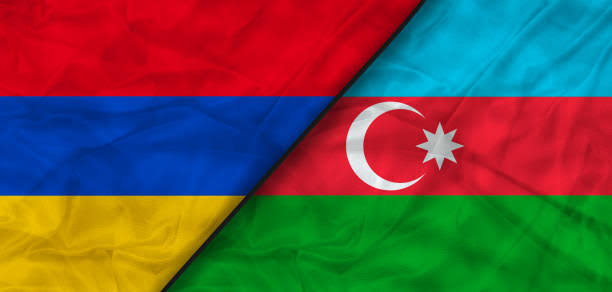Azerbaijan and Armenia Agreement to Return Four Villages in Border Settlement

On April 19, a significant agreement was achieved between Azerbaijan and Armenia concerning the return of four villages in the Gazakh district to Azerbaijan. This marks a crucial step in the initial phase of the delimitation process, as both parties agreed to establish separate sections of the border directly between specific settlements based on the legally justified inter-republic border that existed within the Soviet Union at the time of its dissolution.
The return of these villages—Baghanis (Armenia) to Baghanis Ayrim (Azerbaijan), Voskepar (Armenia) to Ashaghi Askipara (Azerbaijan), Kirants (Armenia) to Kheirimli (Azerbaijan), and Berkaber (Armenia) to Gizilhajili (Azerbaijan)—has been eagerly awaited. This development holds significant importance in easing tensions that have persisted between Armenia and Azerbaijan for decades, fostering confidence-building measures between the two nations. Notably, this achievement was reached without any shots fired, signifying a tangible phase of peace in the ongoing process, with substantial strides taken towards delimitation and a new foundation laid for normalizing Azerbaijan-Armenia relations and ensuring regional stability.
Despite this progress, there are potential threats that could hinder the normalization process. The West has been actively exerting influence in Armenia, with France, along with Greece and India to a lesser extent, contributing to the rearmament of the Armenian military. These efforts, however, may not avert a potential military crisis but could merely delay an inevitable confrontation amid the looming conflict.
Furthermore, the intentions of Western powers to escalate tensions in the region through the manipulation and reinforcement of Armenian authorities are raising warlike sentiments in the South Caucasus. While Armenia has demonstrated willingness to engage in negotiations, the actions of Europe and the USA indicate a preference for exacerbating regional tensions rather than promoting peace.
The premature withdrawal of Russian peacekeepers from Azerbaijan’s Garabagh region, ahead of schedule, elicited dissatisfaction from various institutions, particularly in the USA. Official Washington condemned Russia, labeling it an “unreliable ally or partner,” as the normalization process in the South Caucasus and Russia’s Garabagh withdrawal impede Western intervention in the region.
The response from Armenian authorities regarding the return of the four villages is a clear example of Western-induced tension in the region. Armenian Prime Minister Nikol Pashinyan’s visit to Askipara and his meeting with residents of Kirants marked a significant step towards returning Azerbaijan’s villages. However, this move has sparked opposition within Armenia, with figures like opposition member Anna Grigorian and former Armenian defense minister Seyran Ohanyan criticizing Pashinyan’s decisions and highlighting the growing influence of the West in Armenia.
It is evident that the South Caucasus region will witness continued intervention and speeches from the United States and Western powers in the future, driven not by positive achievements but by an agenda to infiltrate the region.
Nevertheless, recent developments demonstrate that where external forces, predominantly Western actors like France, refrain from interference, progress towards peace can occur more smoothly and expeditiously. The return of the four villages in Gazakh to Azerbaijan underscores that Azerbaijan and Armenia have the capability to address numerous issues and collaborate towards peace without external interference or mediation.
In the end I would like to add that no foreign entity can undertake actions within Azerbaijan’s borders without official permission. This reaffirms Azerbaijan’s sovereignty and the importance of direct dialogue and mutual understanding between the two neighboring nations.


